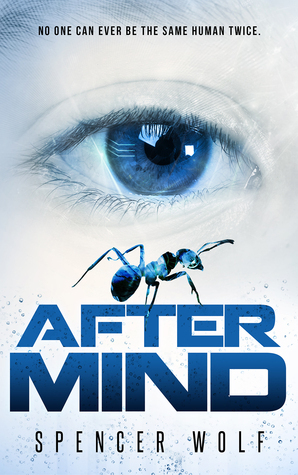What do you think?
Rate this book


378 pages, Kindle Edition
First published March 25, 2015
”The brain always picks the highest probability,” he said. “That’s how it works. It figures if it happened before, it’s probably going to happen again. We live by our memories. But memories aren’t real.”A fine conversation for academics, but not two children quietly playing.
“Then what is real?” she asked as she feathered her keys…
“Imagination is real. Imagination means believing what can come next. And I know what can come next.”
”Both. Long-term and short. I adjusted the coefficients of change for the code of his cells to speed up their aging so he remembers the past. If it works, he’ll remember more detail, mature faster; connect the past with the present. The whole nature of his thinking will change.”and later
”I think it’s my algorithms that are killing it. The main algorithm has a matrix of subs for each specialized brain function. I figured ot use parameter constants. I called them my Madden Equation Parameter constants, MEPc’s one through six. Play them like the keys of a piano, a person’s sensitivity to each determines predisposition to music, painting, or maybe counting, like you and me.”This type of stuff isn’t terrible if used in moderation, but ENTIRE CHAPTERS follow these lines. The author should be writing thesis and white papers, not novels.
“And you think the spikes from some combination of six coefficients are going to make it all work? Make a person a person?”
“I don’t know. You’re right. Maybe my PACKET code’s all wrong. Exponentials, instead? I don’t know. Maybe that won’t work, either. Maybe it’s as simple as correlating time. The brain processes bits a a rate. Align that with the scan speed into the computer. That’s much simpler. Yes, align the two speeds right, and the computer thinks on its own. A mind that ‘knows thyself.’”
“Isn’t that’s[sic] just an emulation mode? Clock speed or something?”